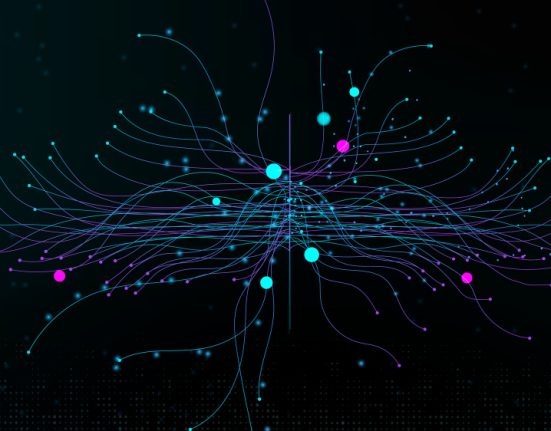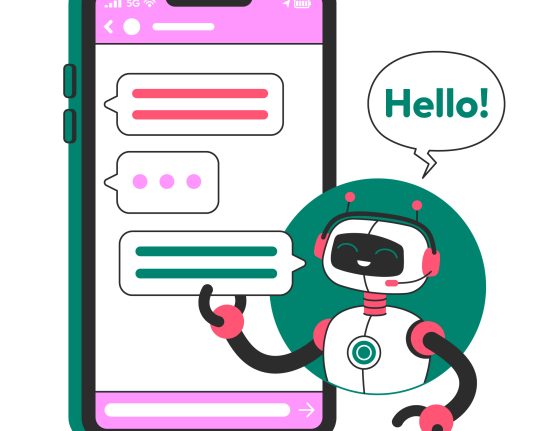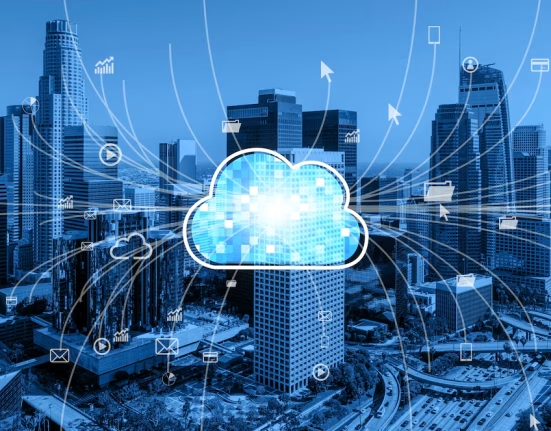Before delving into their synergy, it’s essential to understand these technologies individually. IoT refers to a network of interconnected devices that communicate and exchange data over the internet. These devices, equipped with sensors and actuators, range from industrial machines to everyday gadgets like thermostats and wearable fitness trackers.
AI, on the other hand, involves the development of systems that can perform tasks requiring human intelligence. This includes learning, reasoning, problem-solving, and natural language processing. When integrated with IoT, AI processes the vast amounts of data generated by IoT devices, enabling smarter decision-making and autonomous operation.
Predictive Maintenance: Revolutionizing Industries
One of the most impactful applications of AI in IoT is predictive maintenance. Industries like manufacturing, energy, and transportation rely heavily on machinery and equipment, where unexpected breakdowns can lead to costly downtime and repairs. Here’s how AI-powered IoT is transforming maintenance operations:
- Real-Time Monitoring IoT devices continuously monitor machinery performance through sensors that collect data on temperature, vibration, pressure, and other key parameters. AI algorithms analyze this data in real time, identifying anomalies that could indicate potential issues.
- Predicting Failures Before They Happen Traditional maintenance follows a reactive or scheduled approach, often leading to inefficiencies. AI changes this by predicting failures before they occur. Machine learning models learn from historical data to recognize patterns and foresee when a component is likely to fail, allowing for timely interventions.
- Reducing Downtime and Costs By identifying problems early, businesses can plan maintenance activities, reducing unplanned downtime. This not only saves costs but also prolongs the lifespan of equipment. For instance, in wind turbines, AI-driven IoT solutions can predict bearing failures, ensuring repairs are carried out before significant damage occurs.
- Enhanced Safety Predictive maintenance also enhances worker safety. By addressing potential issues proactively, it minimizes the risk of catastrophic equipment failures that could endanger personnel.
Smart Homes: A New Level of Convenience
In the realm of consumer applications, the integration of AI and IoT has brought about the era of smart homes. These intelligent systems offer unparalleled convenience, energy efficiency, and security. Here’s how AI-driven IoT is reshaping home living:
- Personalized Living Experiences Smart home devices equipped with AI learn user preferences and habits. For example, AI-powered thermostats like Nest adjust temperature settings based on your schedule and preferences, ensuring optimal comfort while saving energy.
- Voice-Activated Assistants Devices like Amazon Alexa and Google Home use AI to understand and respond to voice commands, controlling a range of IoT devices such as lights, locks, and appliances. This seamless integration simplifies daily tasks, from setting reminders to ordering groceries.
- Energy Efficiency AI enhances energy management in smart homes. IoT devices track energy consumption, while AI optimizes it by identifying inefficiencies and suggesting improvements. For instance, AI can analyze data from solar panels to determine the best times to store or use energy.
- Enhanced Security AI-driven IoT solutions provide robust home security. Smart cameras equipped with AI can differentiate between a family member, a pet, or an intruder, sending real-time alerts only when necessary. This reduces false alarms and ensures better monitoring.
Challenges and Considerations
While the integration of AI and IoT brings immense benefits, it also presents challenges:
- Data Privacy and Security The vast amount of data generated by IoT devices raises concerns about privacy. Ensuring secure data storage and transmission is crucial to prevent breaches and misuse.
- Interoperability With countless IoT devices from different manufacturers, ensuring seamless communication between devices remains a challenge. AI solutions must be designed to work across diverse platforms.
- Complexity and Cost Implementing AI-driven IoT systems requires significant investment and expertise. Businesses and consumers must weigh the initial costs against long-term benefits.
The Future of AI and IoT
The future of AI and IoT lies in deeper integration and innovation. As AI models become more sophisticated and IoT networks expand, we can expect:
- Autonomous Systems AI-powered IoT devices will operate with minimal human intervention. From autonomous vehicles to fully automated factories, the possibilities are endless.
- Edge Computing To overcome latency issues, more processing will occur on the edge—closer to the IoT devices. This will enable faster decision-making and reduced dependence on cloud infrastructure.
- Smart Cities The combination of AI and IoT will drive the development of smart cities. Intelligent traffic management, waste management, and energy distribution are just a few examples of how these technologies will enhance urban living.
Conclusion
AI and IoT are redefining how we interact with technology, making systems smarter, more efficient, and more responsive. From industrial applications like predictive maintenance to creating personalized and secure smart home experiences, the synergy of these technologies is paving the way for a smarter, more connected world. While challenges remain, ongoing advancements in AI and IoT promise to unlock even greater potential, transforming industries and improving lives.














Leave feedback about this